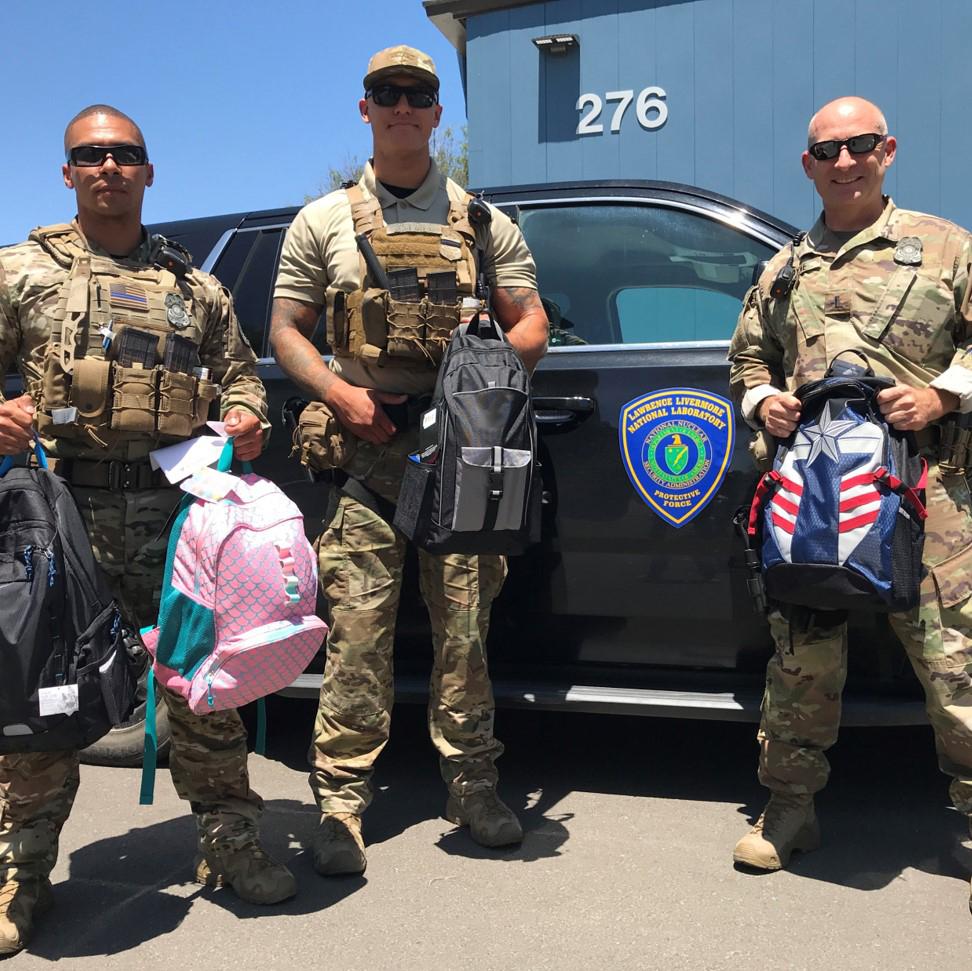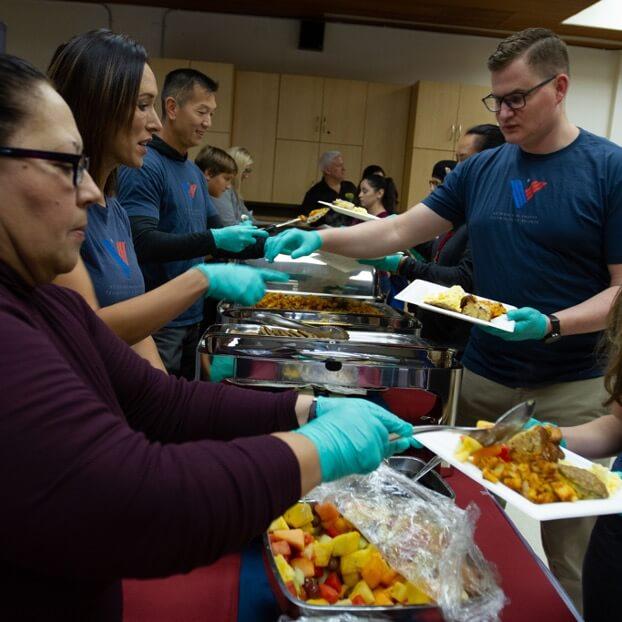We've Got Your Six
National security dedicated to your protection.
IT'S WHO WE ARE AND WHAT WE DO THAT DEFINES US
Ideas, Integrity, Impact, Inclusiveness, and Zeal are our core values we take pride in and practice everyday. Through these values we meet and exceed expectations to ensure the security of our nation in various aspects.
The Laboratory’s science and engineering are being applied to achieve breakthroughs for counterterrorism and nonproliferation, defense and intelligence, energy and environmental security.
OUR PROGRAMS. YOUR EXPERTISE
Whether you're applying or a current employee we have resources to help you grow your experience.
Student Programs
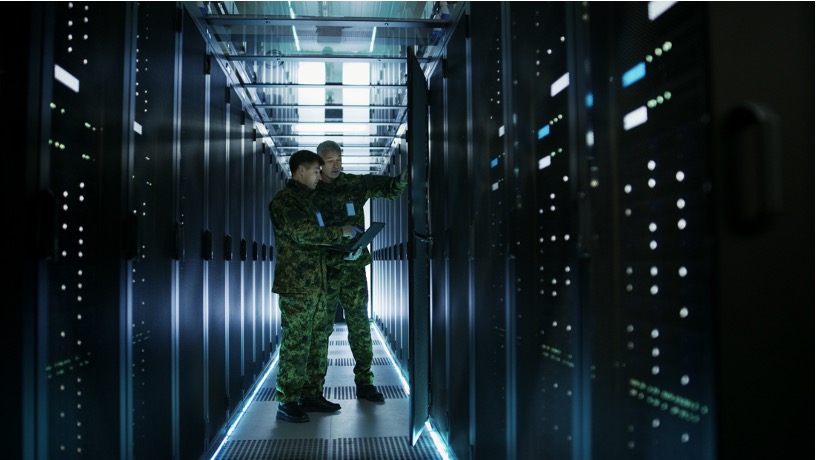
Military Academic Research Associates (MARA)
The MARA program provides academy cadets, midshipmen, faculty, and newly commissioned officers the opportunity to explore leading-edge science as a paid intern at LLNL. Partner with one of our world-class researchers to help solve challenges in various areas.

Reserve Officer Training Corps (ROTC)
You are ROTC or will be awaiting the start of your next training course for at least 4 weeks. Apply for research internships that advance science, national and global security missions.
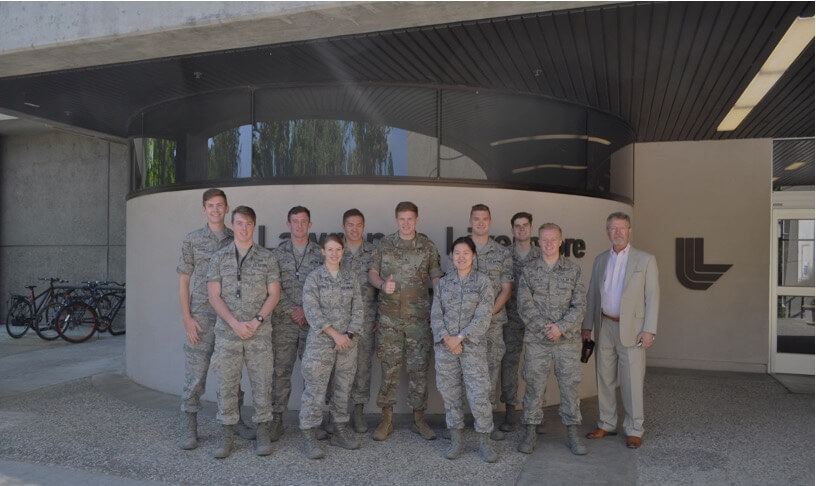
Newly Commissioned Officer Program (NCOP)
2nd Lt’s and Ensign’s waiting for their 1st assignment have the opportunity to work on projects at LLNL focusing on: fusion ignition and laser technology research, advanced manufacturing and materials technologies, intelligence assessment and so many more! Projects are matched to the students major, interests, and skills and in support of research being performed at LLNL.
Active Duty Programs
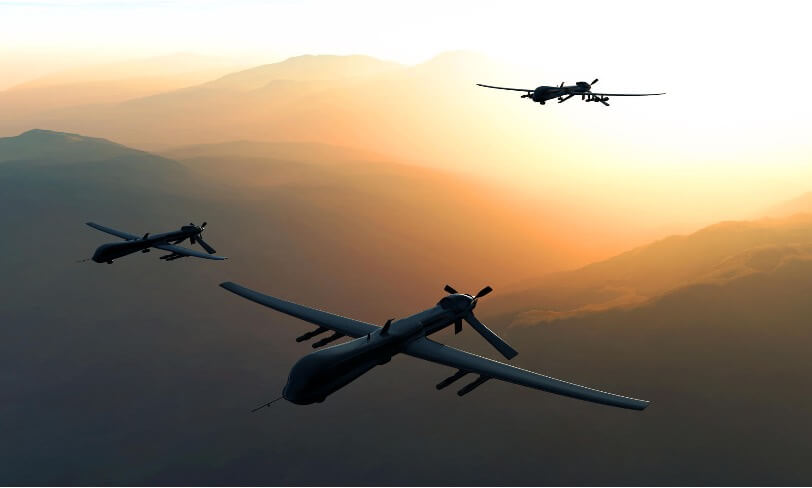
Air Force Fellows Program
Assigns active duty Major's and civilians to LLNL for a one-year period to become familiar with Stockpile Stewardship and defense-related activities.
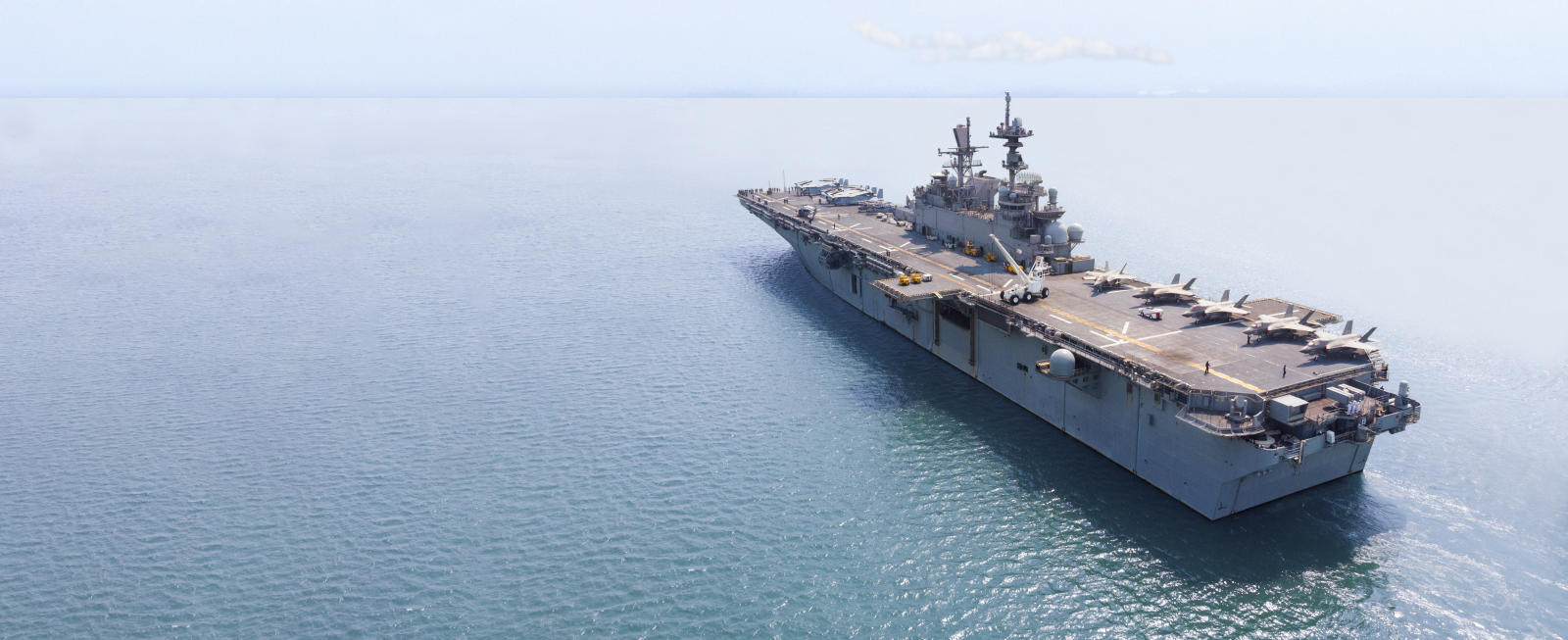
Nuclear Propulsion Officer Candidate (NUPOC)
The NUPOC program is for eligible college students and graduates. The program leads to an appointment on active duty as an Ensign in the unrestricted line of the U.S. Navy. Nuclear Propulsion Officers serve their duty on a nuclear-powered submarine or surface ship.
LLNL provides opportunities for NUPOC participants to support research within their major and field of interests. These opportunities will broaden ones experience and challenge them to include networking opportunities.
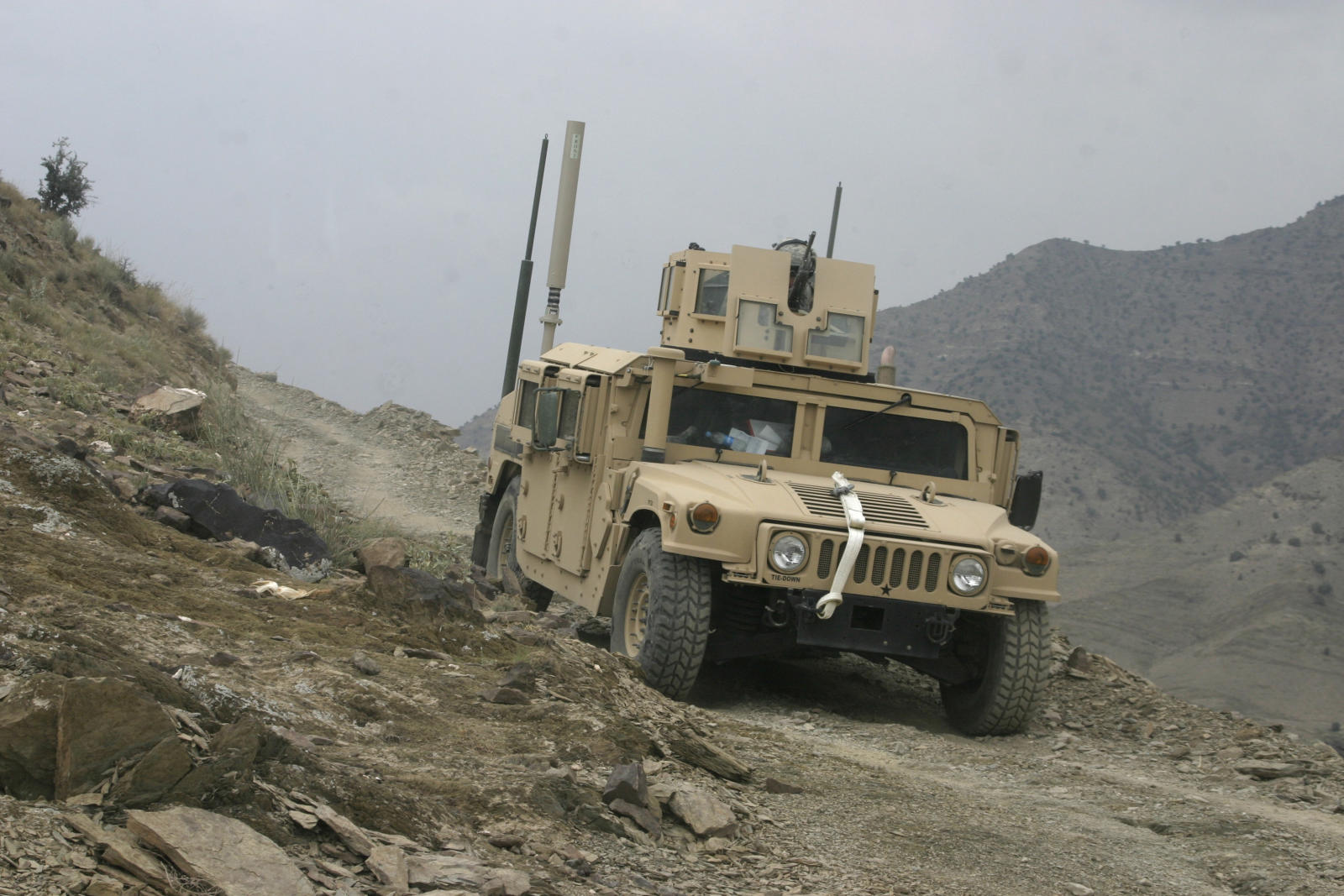
DoD Skillbridge & Career Skills Program
If you will be released from active duty within the next 12 months, you can apply for an internship to participate in while on the last 180 days of your active duty service. The two programs we accommodate at Lawrence Livermore National Laboratory are DoD SkillBridge and Career Skills Program.
You must receive pre-approval from your organization and branch of service to participate in either of these programs and provide us with the dates you will be available. Our internships for service members can range from 3-6 months in length. Every branch of service has its own requirements for program participation, so it is important to visit the websites for DoD SkillBridge or Career Skills Program for specific instructions and guidance.
To learn more about your individual eligibility and approval process, please consult with your military branch’s or installation’s transition support services, educational services office, or the career counseling point of contact within your chain of command.
If you have started the approval process with your chain of command, you may reach out to Shaun Stephenson stephenson11 [at] llnl.gov (stephenson11[at]llnl[dot]gov) to find out if there are military internship openings at LLNL.
Veterans Programs
Vets2Tech
Vets2Tech is a planned educational program crafted specially for military veterans. Students build connections with laboratory mentors immediately upon starting their first quarter in school.Each participant develops an individual plan to prepare for future employment alongside engineers and scientists.
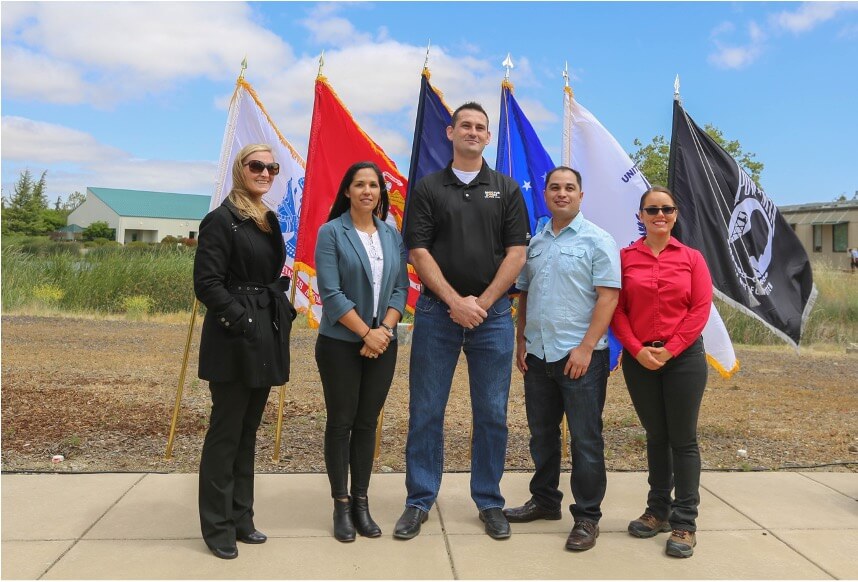
Veterans in Energy and Technology (V.E.T.S.)
The resourcefulness, innovative mind and tenacity of a veteran is extremely powerful. Traits that enabled you to win and accomplish the mission are characteristics we value at the National Labs to strengthen the individual veteran, their family and our community.
SERVING OUR COMMUNITY
Making the impossible for some, possible for all.

Brian Shul
Brian Shul, a pilot, author, photographer and retired Major in the United States Air Force (USAF), shared his inspiring story of how he turned tragedy into triumph. Brian was hosted at LLNL by Livermore Laboratory Employee Services Association (LLESA) Author Series Committee.
LLESA commits to providing quality recreational, educational, and convenience opportunities to strengthen the connection, rejuvenate the workday, and enrich the lives of LLNL employees.
SMALL BUSINESS. LARGE IMPACT.

The Lawrence Livermore National Laboratory’s (LLNL) Small Business Program Office is in place to ensure the Laboratory provides opportunities for small businesses to compete for subcontracts to the greatest extent practicable. In support of the Veteran business community, LLNL sets and pursues spend goals in the Veteran Owned and Service-Disabled Veteran Owned Small Business socioeconomic categories.
In Fiscal Year 2022, LLNL awarded $69.1M in subcontracts to businesses in those categories and is actively looking for ways to increase our support of the Veteran business community. If you would like to learn more about what products and services we procure, how to become a supplier, or navigating the procurement process at LLNL, please contact Jon Benjamin.
JON BENJAMIN
Small Business Program Manager
benjamin12 [at] llnl.gov (benjamin12[at]llnl[dot]gov)
GETTING NOSTALGIC...
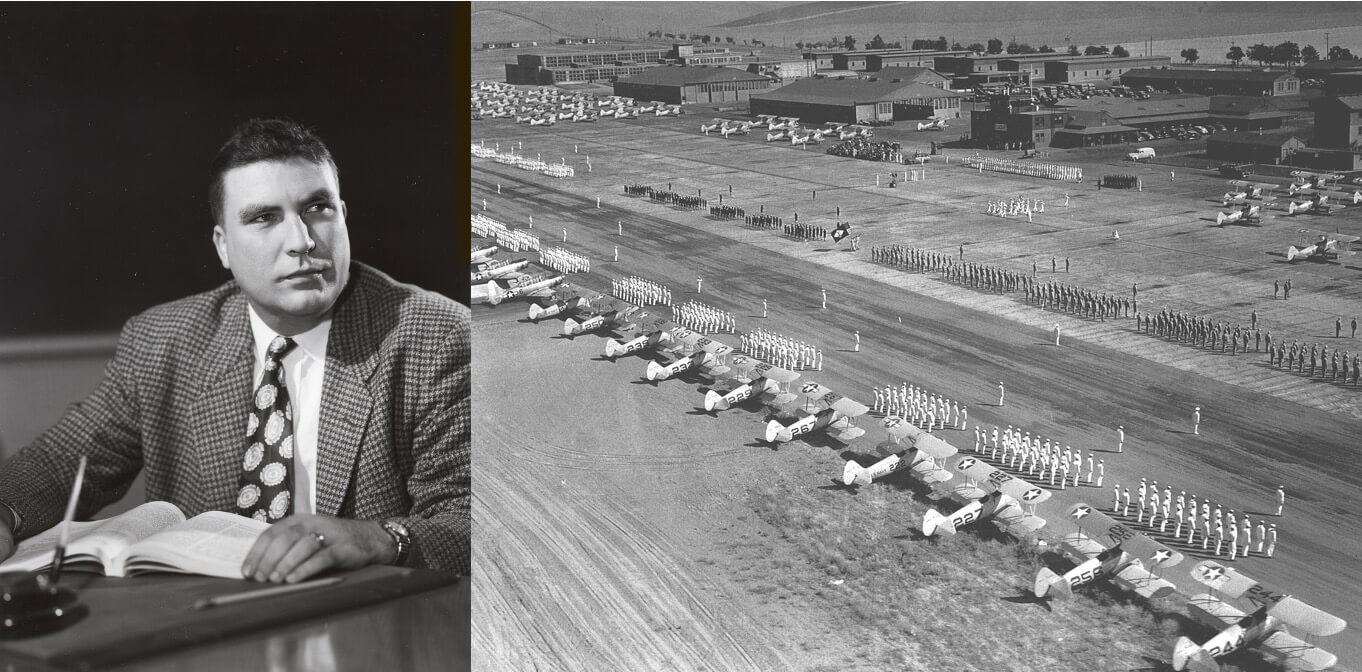
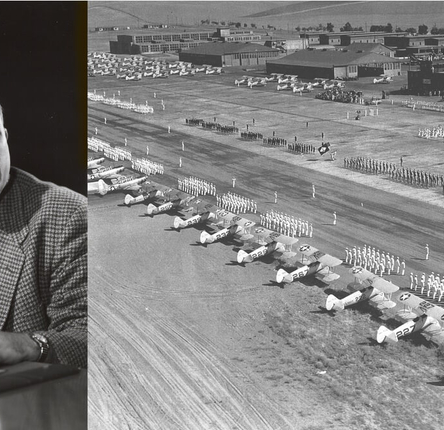
OUR STORY
It was the height of the Cold War. The urgent need to accelerate the nation’s H-bomb program led Ernest O. Lawrence and Edward Teller to argue for the creation of a second laboratory to augment the efforts of Los Alamos. On September 2, 1952, a branch of the University of California Radiation Laboratory opened near Livermore, California, at the abandoned site of a U.S. naval air station. The facility eventually became Lawrence Livermore National Laboratory.
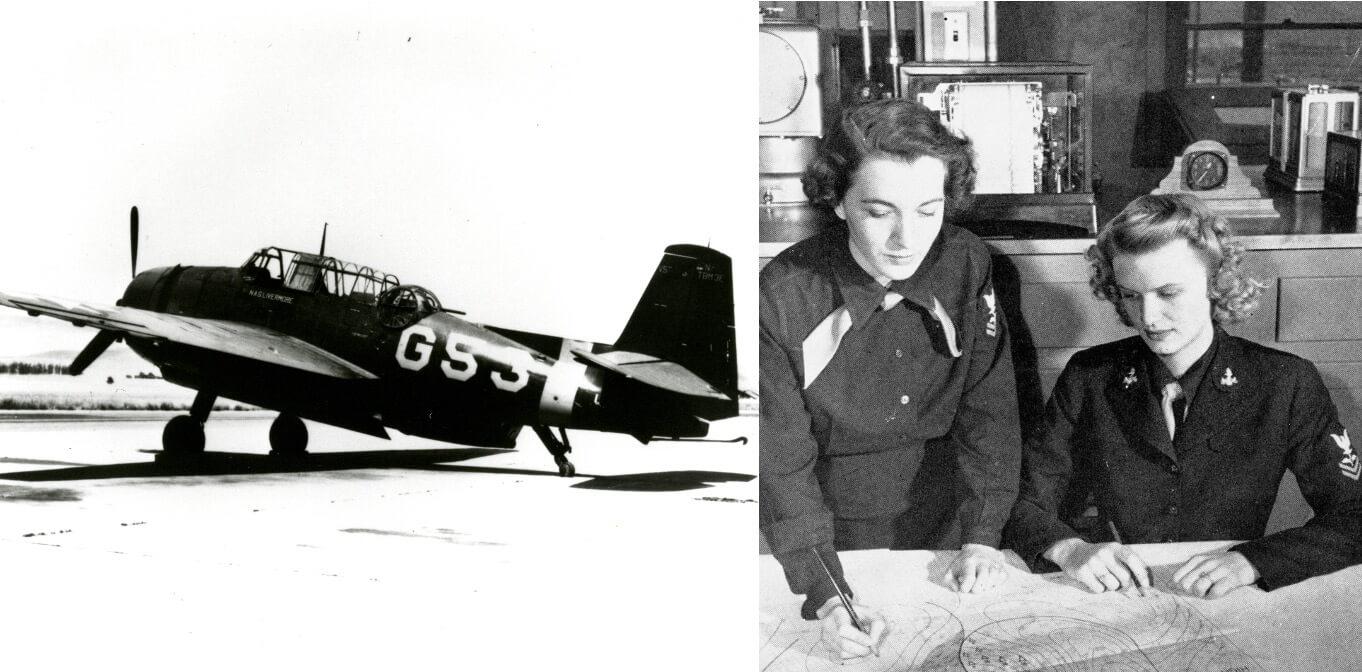
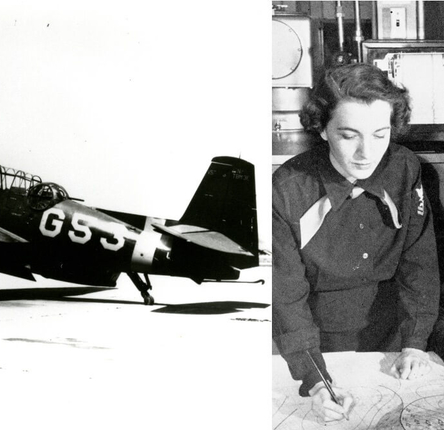
OUR STORY
It was the height of the Cold War. The urgent need to accelerate the nation’s H-bomb program led Ernest O. Lawrence and Edward Teller to argue for the creation of a second laboratory to augment the efforts of Los Alamos. On September 2, 1952, a branch of the University of California Radiation Laboratory opened near Livermore, California, at the abandoned site of a U.S. naval air station. The facility eventually became Lawrence Livermore National Laboratory.
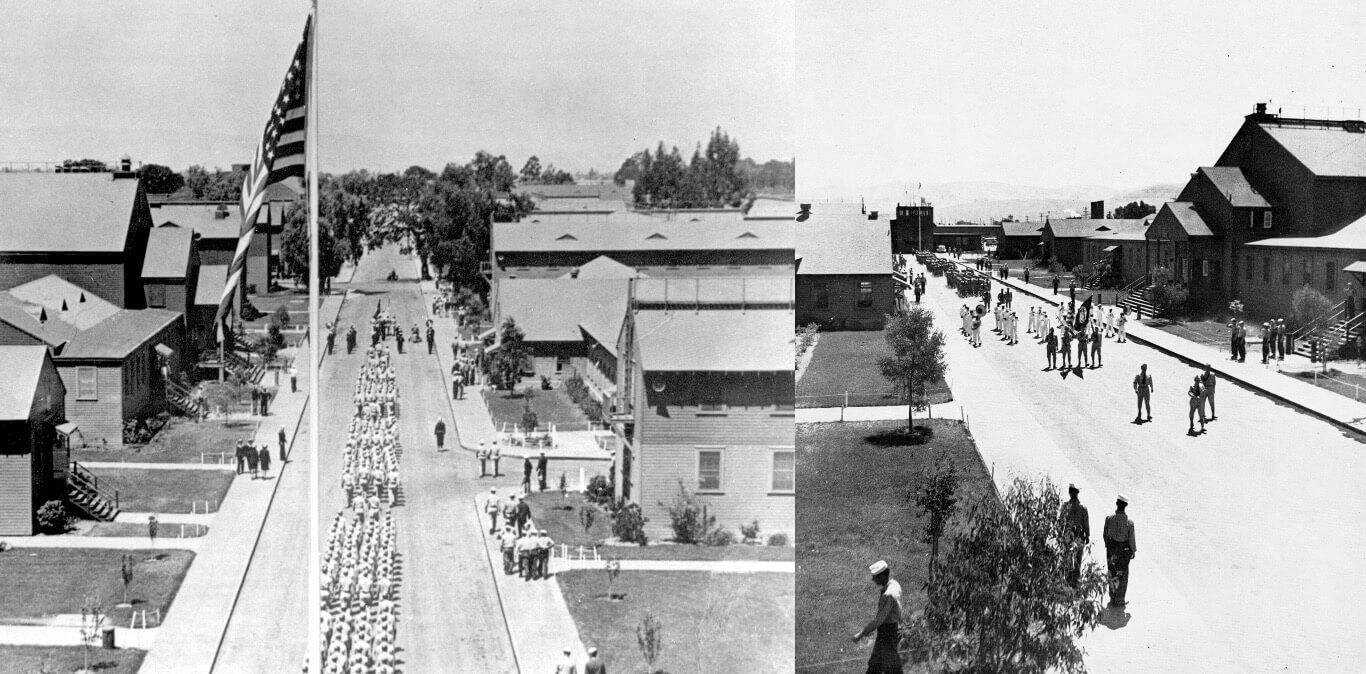
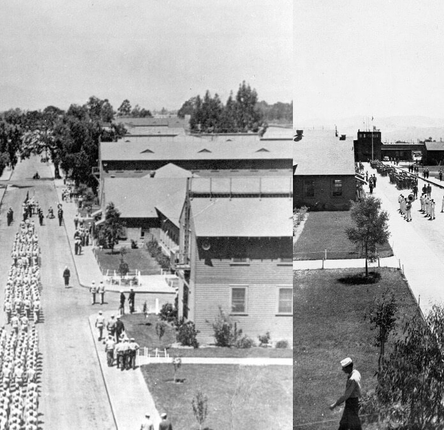
OUR STORY
It was the height of the Cold War. The urgent need to accelerate the nation’s H-bomb program led Ernest O. Lawrence and Edward Teller to argue for the creation of a second laboratory to augment the efforts of Los Alamos. On September 2, 1952, a branch of the University of California Radiation Laboratory opened near Livermore, California, at the abandoned site of a U.S. naval air station. The facility eventually became Lawrence Livermore National Laboratory.
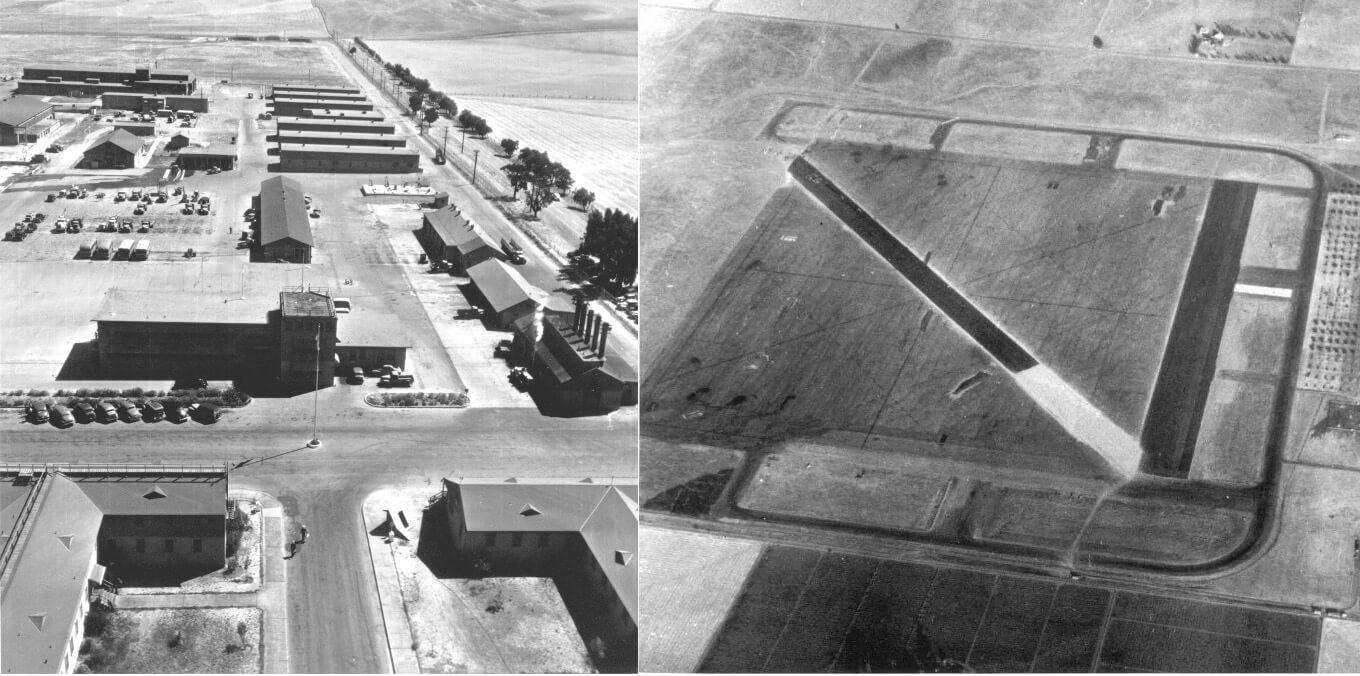
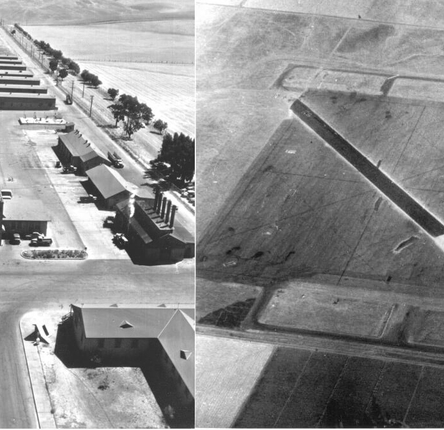
OUR STORY
It was the height of the Cold War. The urgent need to accelerate the nation’s H-bomb program led Ernest O. Lawrence and Edward Teller to argue for the creation of a second laboratory to augment the efforts of Los Alamos. On September 2, 1952, a branch of the University of California Radiation Laboratory opened near Livermore, California, at the abandoned site of a U.S. naval air station. The facility eventually became Lawrence Livermore National Laboratory.

